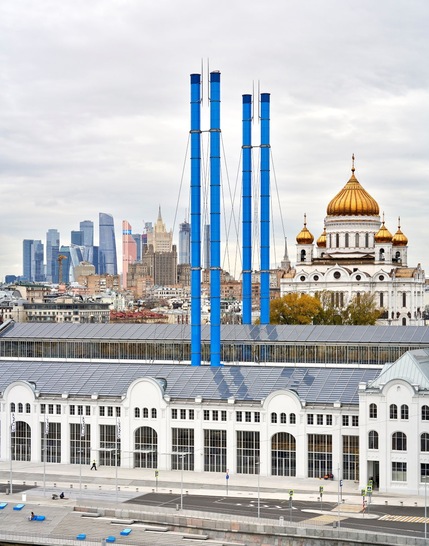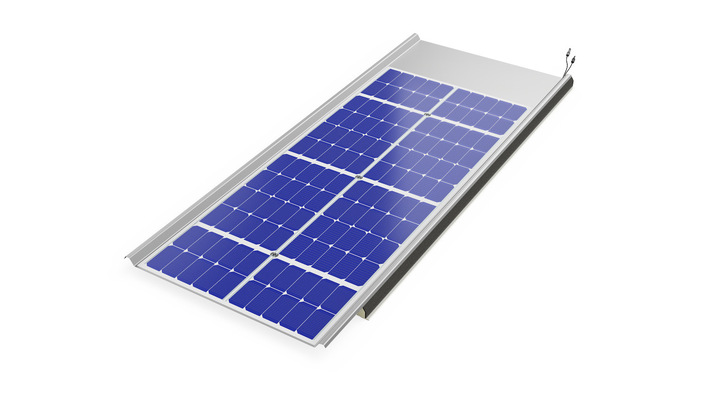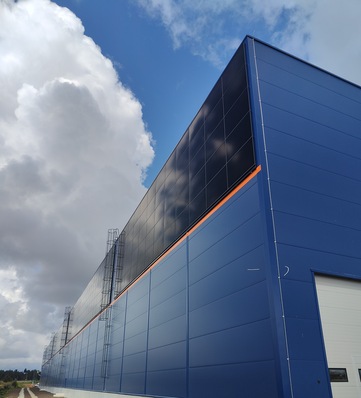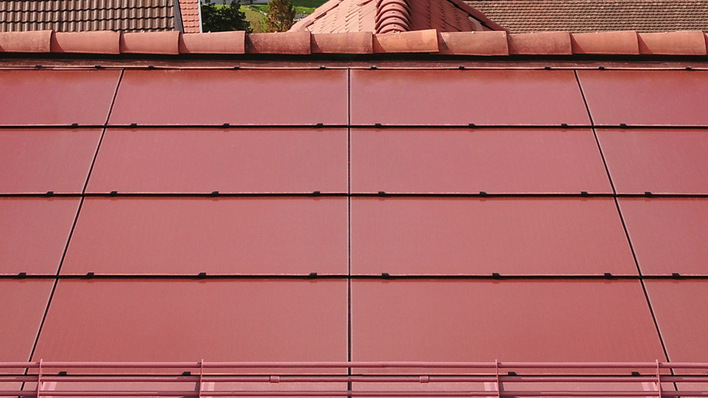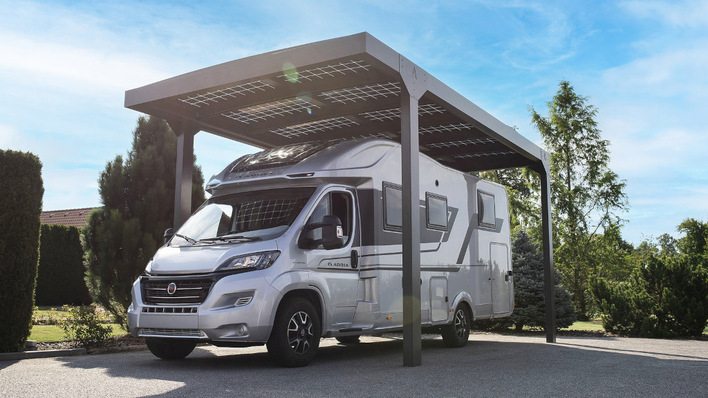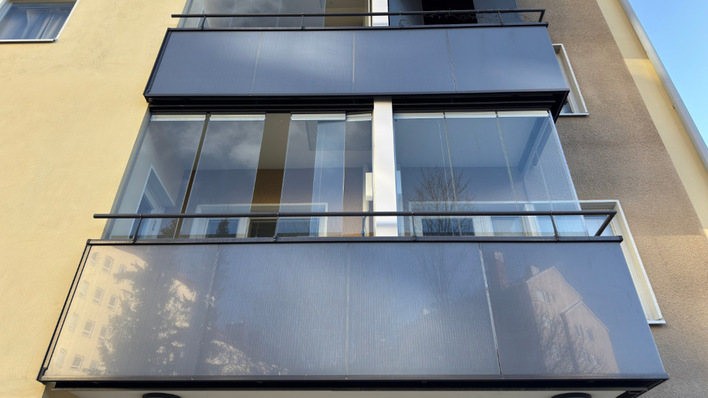None other than Renzo Piano has transformed a former coal-, oil- and gas-fired power station in Moscow into a modern cultural centre and meeting venue. For this purpose, the former power plant building was completely renovated. The architects placed great emphasis on sustainability - not only during the conversion, but also during operation.
In order to obtain the desired LEED Gold certificate, a large part of the power supply had to be converted to regenerative energies. This is because LEED stands for Leadership in Energy and Environement and is an international categorisation of the sustainability of buildings. To achieve this, the architect completely covered the roof with solar modules - including the dormers and edges.
200 different module sizes and geometries
However, this required special modules with 200 different sizes and shapes in order to adapt them exactly to the existing historical building structure. In addition, the roof was to appear light grey on the outside and white on the inside. Therefore, the manufacturer Sunovation developed and produced these special modules in its factory in Aschaffenburg exactly according to the architect's design ideas. To achieve the intended colouring for the solar cells, a special printing process was used. On the one hand, this allows for a permanently UV-resistant printing of the cells. On the other hand, the printing concept changes the appearance of the solar cells in the module and allows their edges to blur gently.
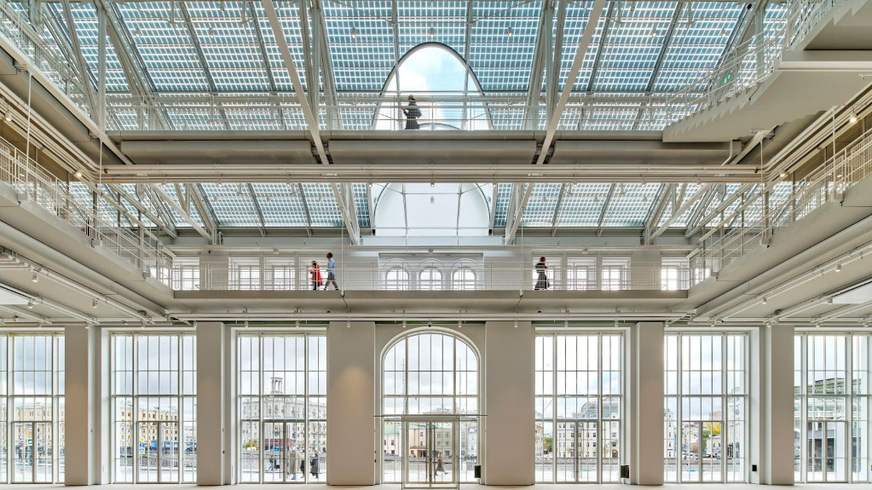
Michel Denancé
See also: Roof of historical building covered with solar modules
Sunovation delivered a total of 4,578 modules with a total area of 5,421 square metres to Moscow. Since the solar cells were embedded between the module glasses with wider spacing than usual using a special permanently elastic process, the panels allow 20 per cent of the sunlight to pass through to the inside of the building. As a result, the rooms are naturally lit during the day.
503 kilowatts of solar power achieved
Both the colouring of the solar cells and this semi-transparency naturally lead to a lower output of the modules compared to the standard panel. But the output of 503 kilowatts is still impressive. In this way, the visually outstanding solar roof contributes to the building's energy supply with a yield of about one gigawatt per year.
Also interesting: Pilot project to integrate solar power into the Russian grid
A detailed description of the building can be found in a current dossier in the project database of the architecture portal Solar Age. After registering as a Club Member, you can view this free of charge. (su/mfo)


